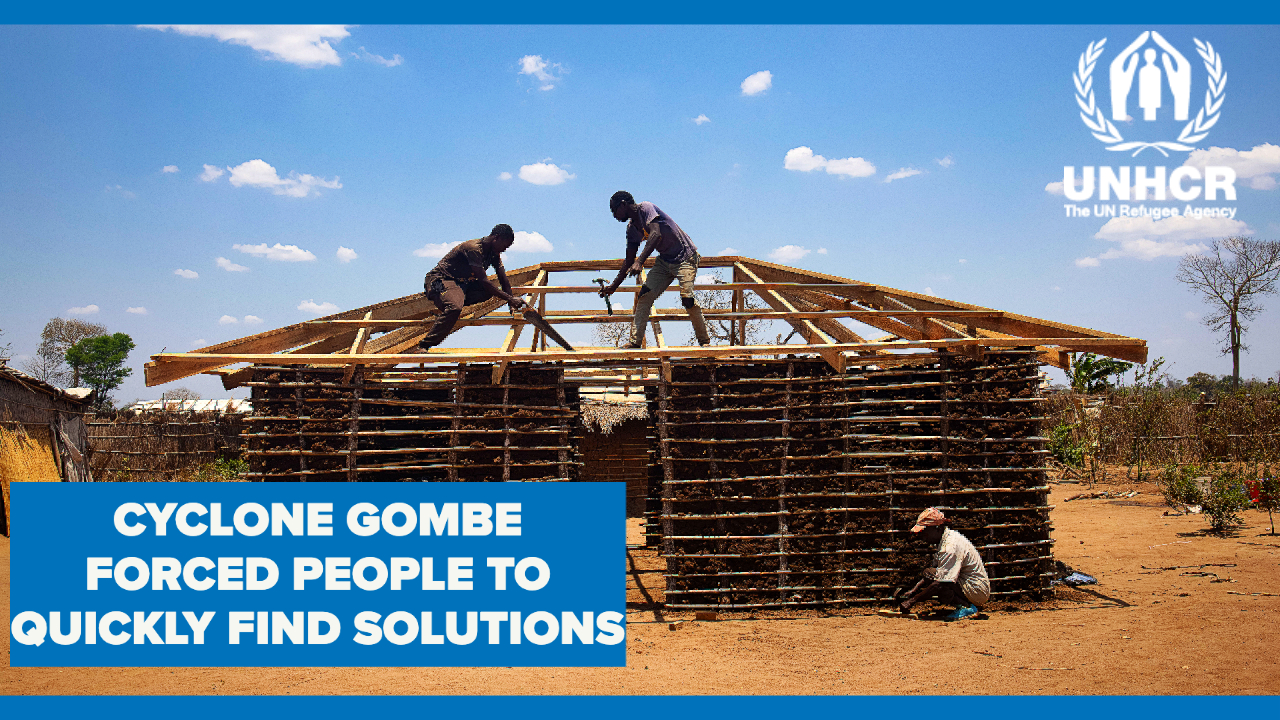UNHCR helps Afghans to rebuild their shattered homes
UNHCR helps Afghans to rebuild their shattered homes

KABUL, Aug. 16 (UNHCR) - When Abdel Khalil returned this year from Pakistan after 12 years in a refugee camp where he had buried both his parents, he found only a ruin instead of the Kabul home he had known as a child.
"It was completely destroyed by fighting during the Taliban period," the 25-year-old man said in front of a pile of sun-dried bricks made with his own hands. Now, after weeks of labour, the two-room house that will house him, his wife, his 18-month-old daughter and two brothers, has literally been resurrected from the earth.
But even Abdel Khalil's hard work - the five-metre-deep well, dug by hand, still ends in dry gravel - would not have been enough to rebuild his home without assistance from the UN High Commissioner for Refugees. He has been one of some 90,000 beneficiaries since 2002 to receive UNHCR help to rebuild in Afghanistan.
"I still owe thousands of Afghanis to the labourers who helped me," he said. "I am waiting for the rest of the aid to come from UNHCR and then I'll be able to pay them. I couldn't have rebuilt without this UN assistance."
Abdel Khalil was among 70 recipients of shelter assistance in District 7 of the Afghan capital, an area that was devastated in the fighting that led to the Taliban capture of Kabul in 1996. Those accepted for the programme - 53 applicants were turned down - are returnees with land who most need the assistance to rebuild a destroyed house.
The programme is community-based, with beneficiaries among the refugees returning from Iran and Pakistan or from those who were internally displaced selected by a local committee and UNHCR carrying out checks to ensure there are no abuses.
The assistance for rebuilding a completely destroyed house - routine in many areas - can be worth a total of $625, including building materials like window frames and roof timbers plus some cash to pay for extra labour. Assistance is adjusted for less damage, with diagrams prepared in advance showing how much of the walls still exist.
Shelter assistance by UNHCR, implemented through non-governmental partners, has been provided throughout the country ever since the first of the more than three million refugees and internally displaced started going home at the beginning of 2002.
On the Shomali Plain that stretches north of Kabul, destruction in some places was almost total. The Taliban, battling their Northern Alliance foes advancing out of impregnable mountain bases, instituted a scorched earth policy that included burning down entire villages.
"There were many rooms and two floors," said Bahlol Shah, standing in front of his new two-room house rebuilt in the village of Bagh-e-Alam with UNHCR assistance. The charred ends of timbers of the old, large house stick out of eroding mud walls that rise above his new home.
Beside the compound where his family has rebuilt after seven years in Pakistan, another family is just completing the home they have restored after eight years in Iran. The village, once a prosperous community with both Pashto- and Tajik-speaking groups, is reviving after being totally deserted and largely destroyed by early 2002.
While the shelter programme provides invaluable aid to some, it is not a panacea. After 25 years of war, the need in Afghanistan is far greater than the number of shelters that can be provided. This year plans by other organisations to supplement the UNHCR programme, which itself has been scaled back from previous years, largely disappeared because of a shortage of funds.
Most obviously, the programme helps the poor - but not the absolute poorest. Assistance can be provided only to those who have land to erect a house, not those without even a plot. The resolution of requests for land - a tangle of conflicting claims and interests - will take years for the government to resolve.
Still, without the UNHCR shelter assistance many of those returning to their shattered houses would remain homeless. Many of those benefiting were living in makeshift shelters until they were located by survey teams seeking those most in need of assistance.
On the slope of a hill on the edge of Kabul, Aziza came back from seven years in a refugee camp near the Pakistani city of Peshawar to a home had been ripped apart by the rocket fire that destroyed so much of the capital. She had fled with her three children after her husband, a driver, was shot dead in the narrow dirt streets below the house.
"When we came last year we were living in a neighbour's house that was still empty. Later we lived with my brother-in-law," said Aziza - known by all as "widow of Abdullah." The surveyors came to the village and my brother-in-law told them about us - we didn't have a house to live in and we don't have a man to support us."
No one would describe their lives today as easy. Aziza's 10-year-old son is now the only breadwinner in the family, earning less than a dollar a day selling water on the streets of Kabul. But, without the shelter programme, he would not even have a home to return to in the evening.









